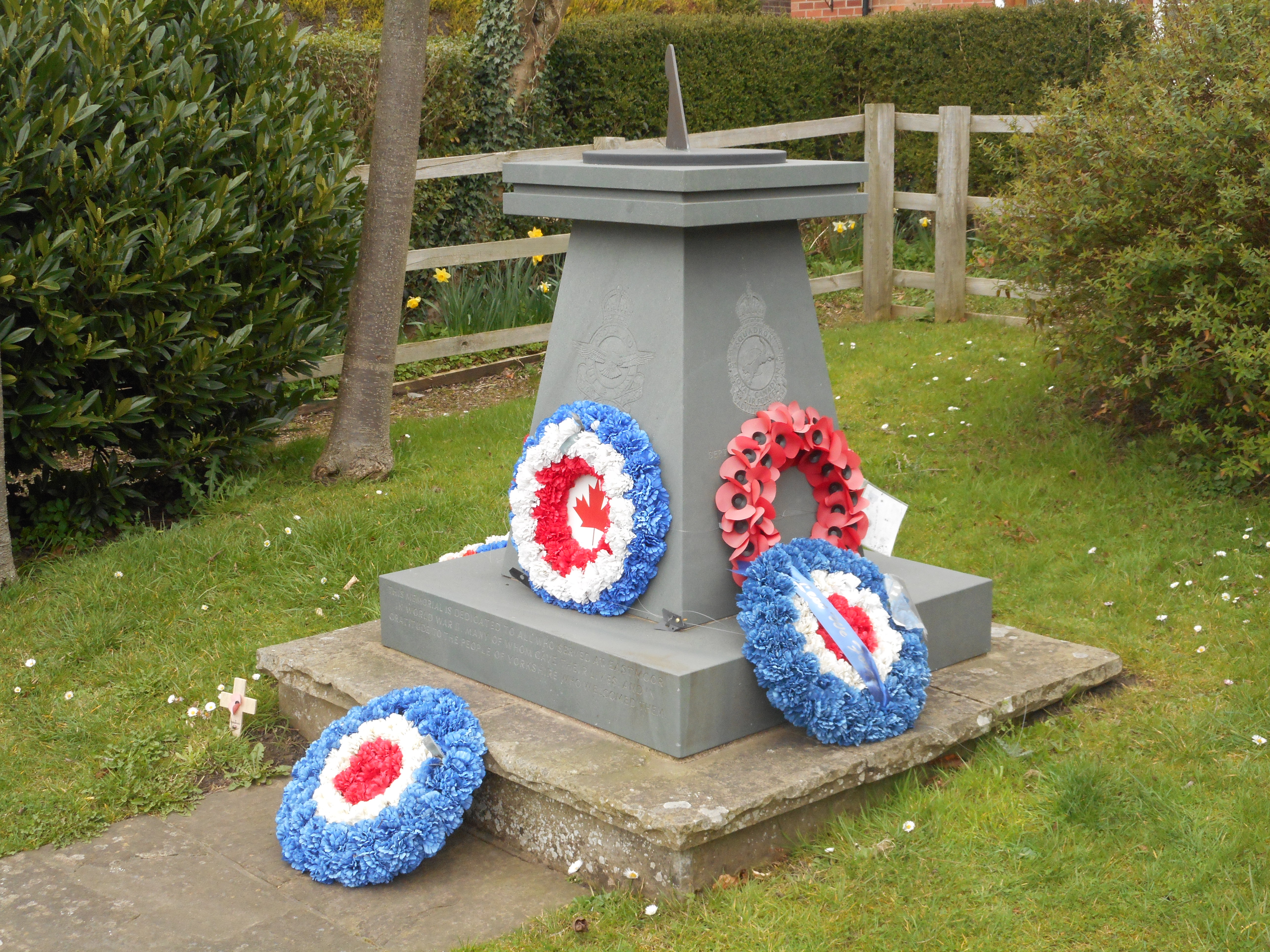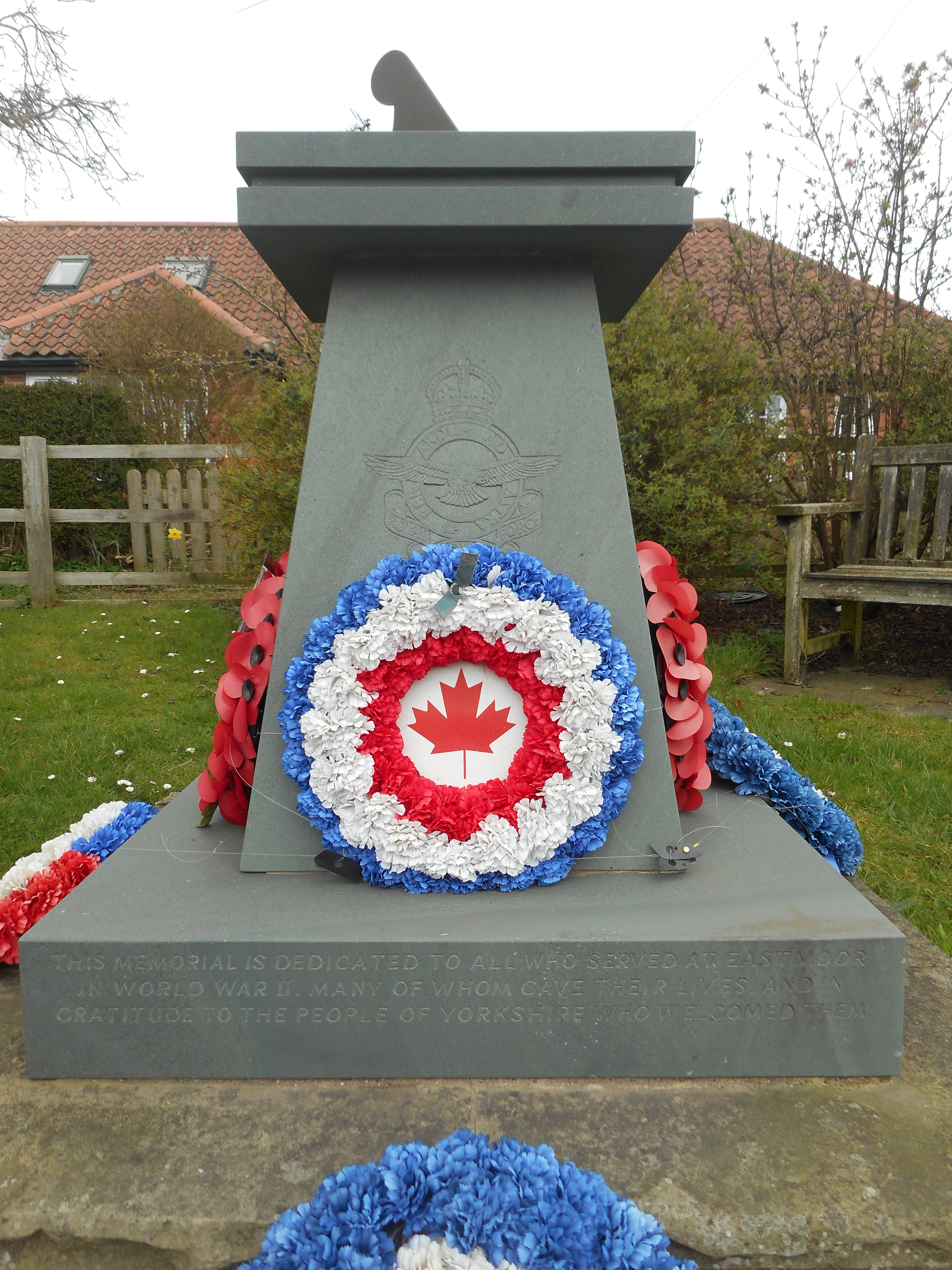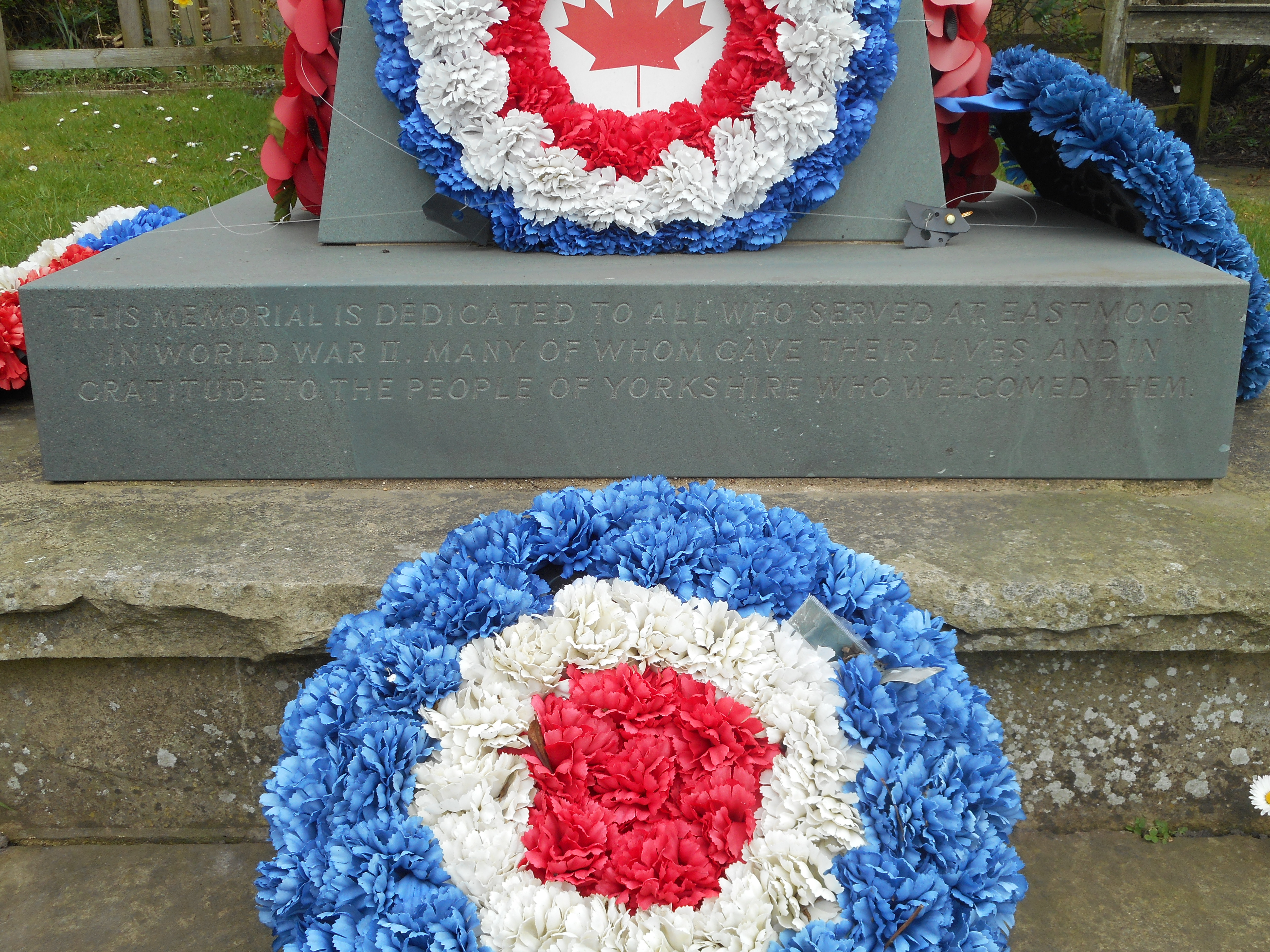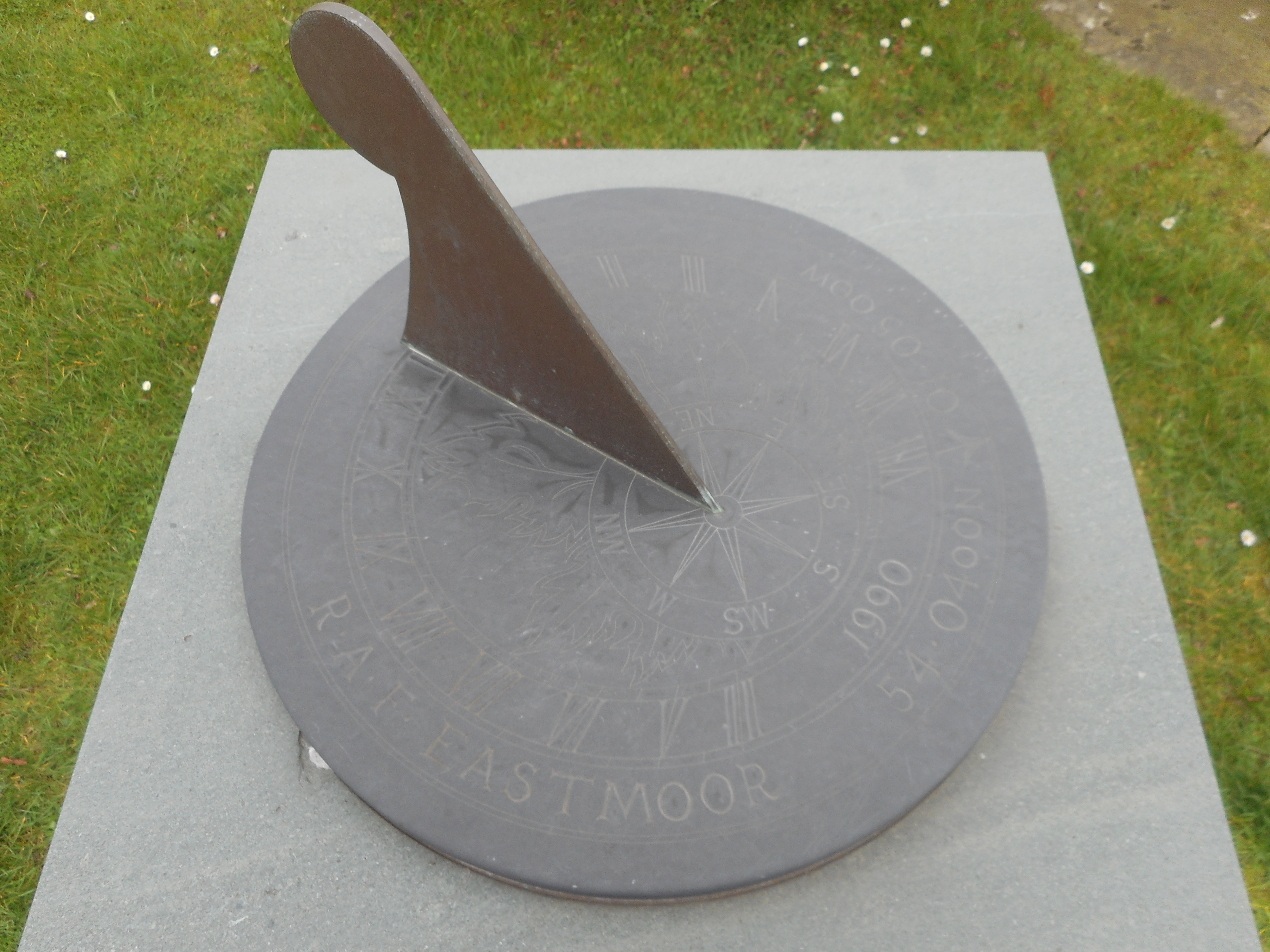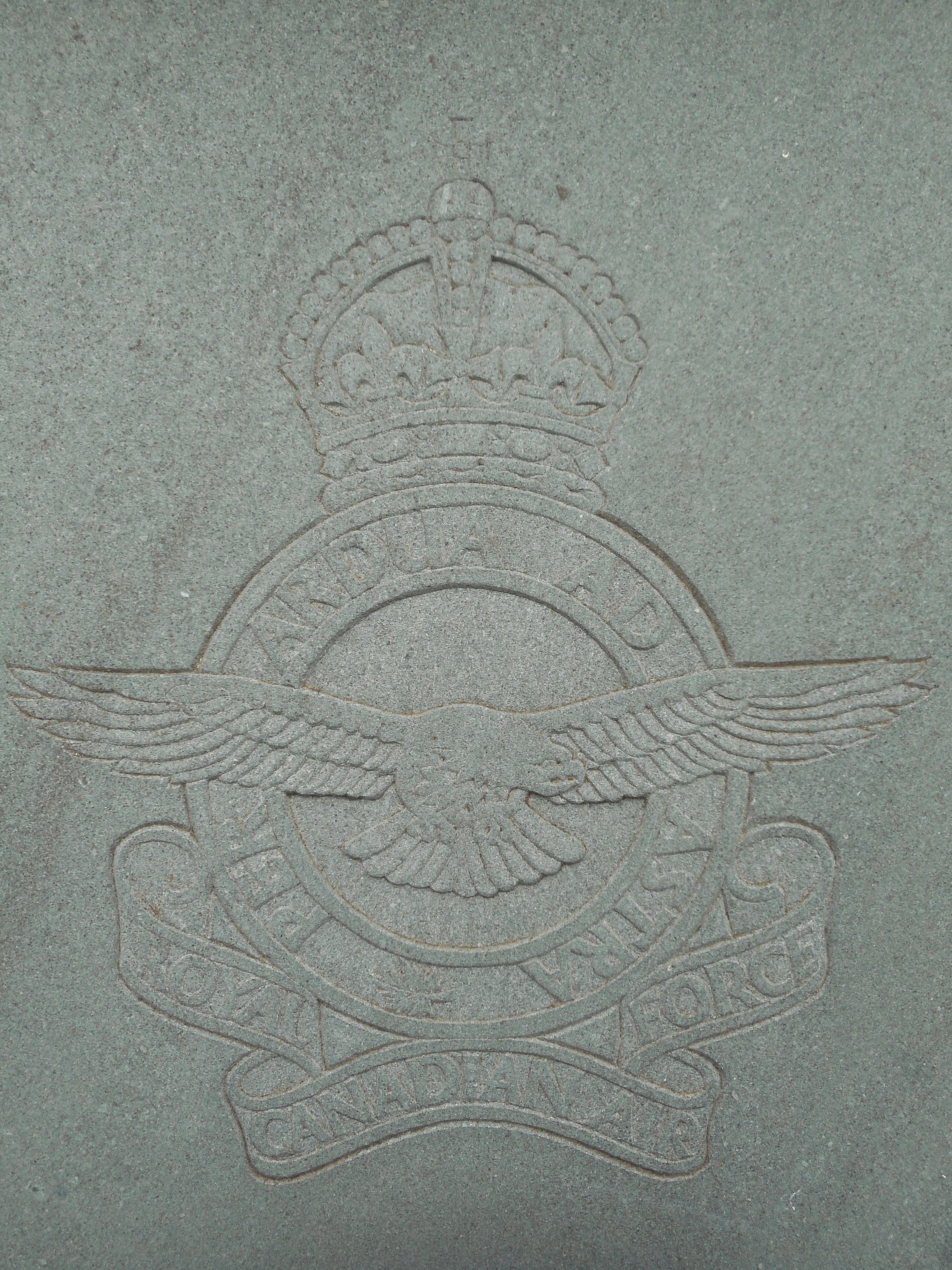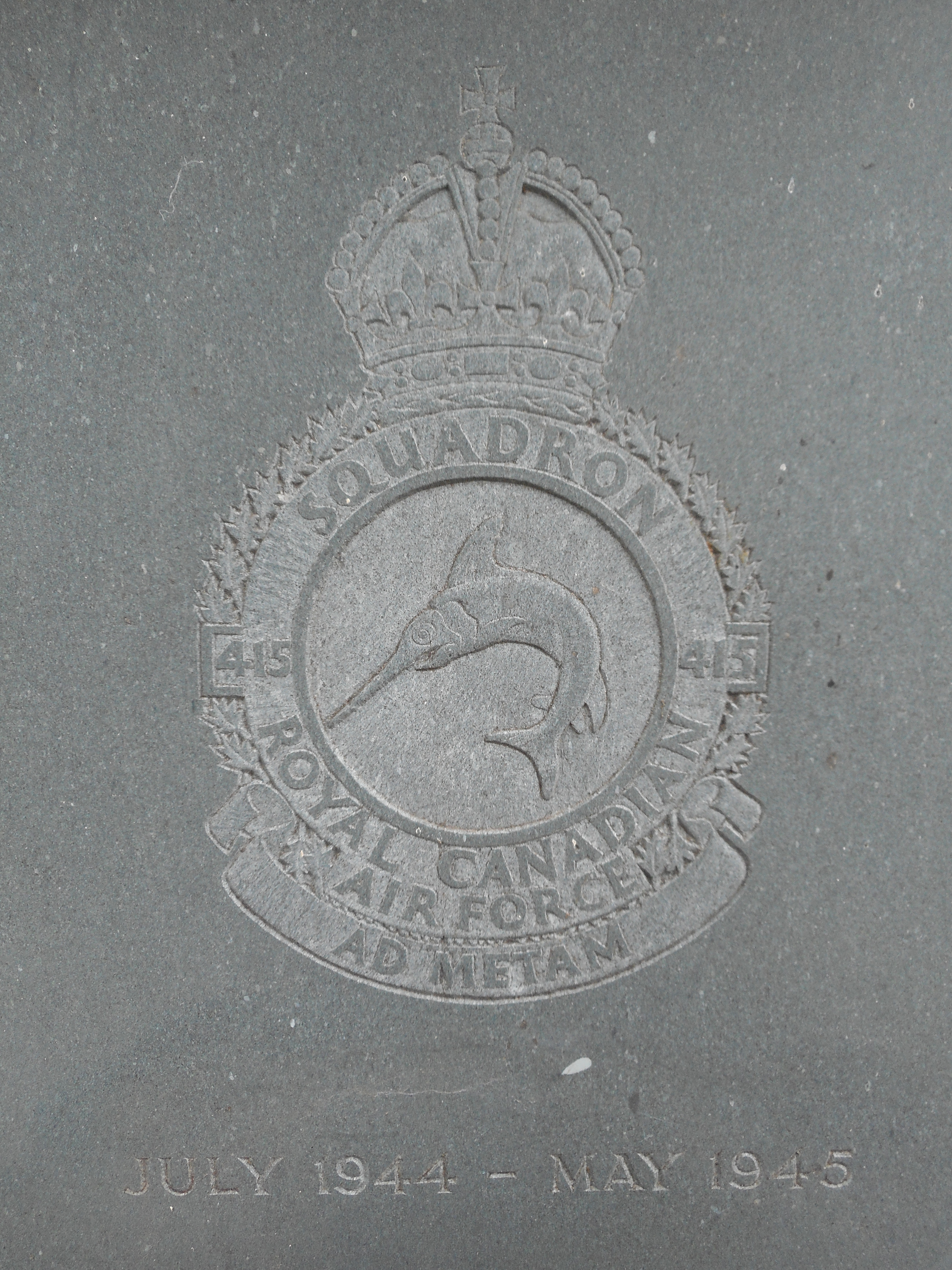Musser, John Vernon
Personal Information
| Rank | P/O |
| Forename(s) | John Vernon |
| Surname | Musser |
| Gender | M |
| Age | 24 |
| Date of Death | 29-06-1944 |
| Next of Kin | Son of Daniel W. Musser and Margaret Musser (née MacPherson), of Wallenstein, Ontario, Canada. |
Aircraft Information
| Aircraft | Handley Page Halifax III |
| Serial Number | MZ591 |
| Markings | QO-K |
Memorial Information
| Burial/Memorial Country | France |
| Burial/Memorial Place | Creil Communal Cemetery |
| Grave Reference | Plot 3. Grave 31. |
| Epitaph |
IBCC Memorial Information
| Phase | 2 |
| Panel Number | 217 |
Enlistment Information
| Service Number | J/19898 |
| Service | Royal Canadian Air Force |
| Group | 6 |
| Squadron | 432 (Leaside) |
| Squadron Motto | Saeviter ad lucem (Ferociously towards the light) |
| Trade | Navigator |
| Country of Origin | Canada |
Other Memorials
| Location | Village Centre, Sutton on the Forest, North Yorkshire |
| Country | United Kingdom |
| Memorial Type | Inscribed Stone & Metal Sun Dial |
| Memorial Text | A memorial to all those who served at RAF East Moor and in particular 415 Sqn RCAF |
Miscellaneous Information
| John was born on 27 July 1919 at Wellesley Township, Waterloo County. Both parents were born in Ontario and his father, who died 1930, was a farmer. He had four siblings: brothers Gordon, Henry, and Alexander and one sister Lila. He attended No 2 and 13 Public schools at Peel Township, Ontario , 1925 -1932 and then Elmira High School, Elmira, Ontario, 1932-1934 (Jnr. Matric). His sport interest was hockey and baseball. Between 1934-1938 John was farming with Amos Wilkinson at Wallenstein, Ontario and he then spent the following years, 1938-1941 farming at home. |
| He enlisted on 2 February 1942 and embarked from New York for the U.K. on 9 March 1943. Arriving at 3 PRC on 18 March 1943, he went on to 6(0) AFU. 12 July1943, 22 OTU 10 August 1943, 61 Base 11 December 1943 and 432 Squadron on 12 December 1943. The following year on 29 June 1944, John sadly lost his life. |
Commonwealth War Graves Commission
The National Archives
| Record of Events (Operational Record Book) AIR 27/1860/28 |
| Summary of Events (Operational Record Book) AIR 27/1860/27 |
Fellow Servicemen
Please note that this list gives all the losses aboard the quoted aircraft and occasionally these may have occurred on an earlier date when the aircraft was not itself lost. Please check the dates of death carefully.
Last Operation Information
| Start Date | 28-06-1944 |
| End Date | 29-06-1944 |
| Takeoff Station | East Moor |
| Day/Night Raid | Night (53% moon) |
| Operation | Metz- to bomb railway yards. Part of a 230 strong bomber force to attack railway installations at both Blainville and Metz. Both targets were hit but 20 aircraft were Lost (8.7%). |
| Reason for Loss | Shot down by a night-fighter and crashed at Chevrieres, NE of Creil, France |

